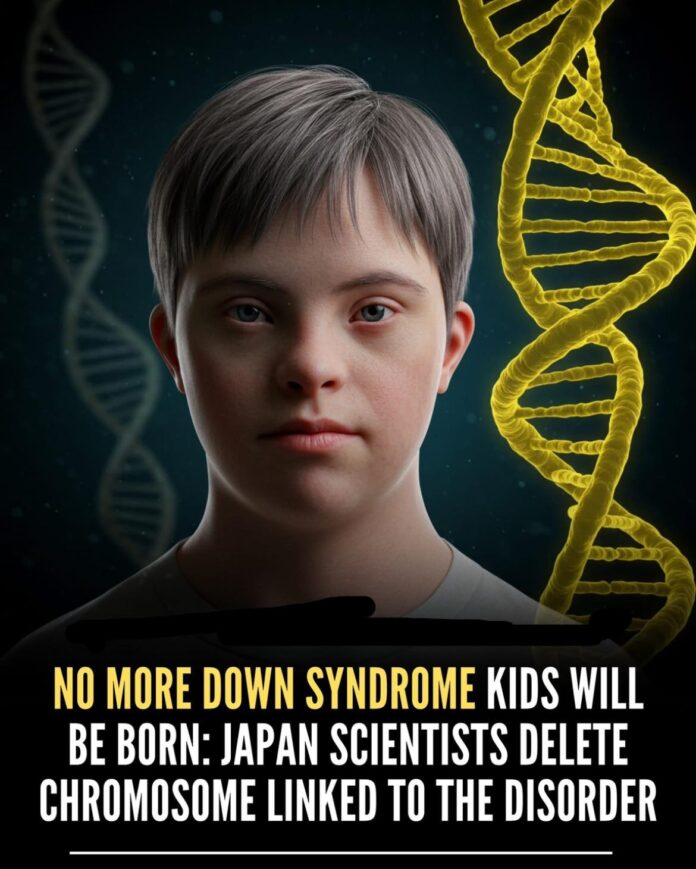Breakthrough in Genetics: Removing the Extra Chromosome in Down Syndrome Cells
Down syndrome, also known as trisomy 21, is caused by the presence of an extra copy of chromosome 21 in a person’s cells. This additional genetic material alters normal development, leading to characteristic physical features, cognitive differences, and a higher risk of certain health conditions. For decades, scientists have understood the cause of Down syndrome, but directly correcting it at the genetic level seemed far beyond reach.
Recently, Japanese scientists from institutions including Mie University and Kyoto University reported a remarkable achievement: using CRISPR/Cas9 genome-editing technology, they were able to remove the extra chromosome 21 in cultured human cells. This was accomplished in vitro, meaning it was performed only in laboratory cell samples, not in living people.

This accomplishment is significant because editing at the chromosome level is far more challenging than editing single genes. While CRISPR has been widely used to cut or modify individual stretches of DNA, removing an entire chromosome requires extreme precision and control. The researchers targeted the extra copy of chromosome 21 and succeeded in eliminating it from a subset of trisomy-21 cells. As a result, those edited cells returned to a typical genetic pattern with only two copies of chromosome 21.
The implications are profound. In theory, if scientists could learn how to consistently and safely remove the extra chromosome in living tissues, it could open the door to therapies that reduce or even reverse some of the health impacts associated with Down syndrome. However, experts emphasize that this research is at a very early stage. The experiment was conducted only on cell cultures in a lab dish. It has not been attempted in animals or humans, and there are no clinical applications on the horizon yet.
Moreover, even if such technology became technically possible in living people, there would be enormous ethical questions. Should we attempt to “correct” genetic differences that are part of human diversity? Down syndrome is not only a medical condition but also part of the identity of millions of individuals worldwide. Advocacy groups often stress that people with Down syndrome live meaningful, valuable lives and contribute richly to society.
For this reason, scientists and ethicists alike stress caution. Any future applications of chromosome-scale editing would need strict oversight, transparent discussion, and input from families and communities affected by Down syndrome. There are also serious technical risks. Editing chromosomes could have unintended consequences, potentially deleting or damaging essential DNA sequences.
Still, the achievement marks a scientific milestone. It shows that what once seemed impossible — the targeted removal of an entire chromosome — can be done, at least in the lab. This breakthrough may not lead directly to a therapy for Down syndrome, but it pushes the boundaries of what genome editing can accomplish and will likely inspire new avenues of research.
In summary, Japanese scientists have taken the first step toward eliminating trisomy 21 at its root cause, but it remains a laboratory proof-of-concept. For now, it is not a cure, not a treatment, but an exciting example of how rapidly genetic science is advancing.
🔗 Source: Mie University press release
